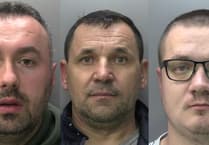THE historic Battle of Bisley has been fought again, by wargamers who replicated a military exercise that was conducted 150 years ago.
The enthusiasts devised a prizewinning game based on large-scale manoeuvres conducted around the Basingstoke Canal in 1871.
Members of the Guildford Wargames Club, including people from Woking, spent several months building a model of the area near Brookwood where the exercise took place in 1871.
They presented their game – which they called the Battle of Bisley – at Warfare, the show run each year by the Association of Reading Wargamers and held at Ascot Racecourse for 2021, and won third place as a participation game.
“Many players participated and had a great time trying to better the results of others,” said club member Russ Hayes. “This is the first time we’ve done a participation game at a show and we’re very pleased to get third prize.”
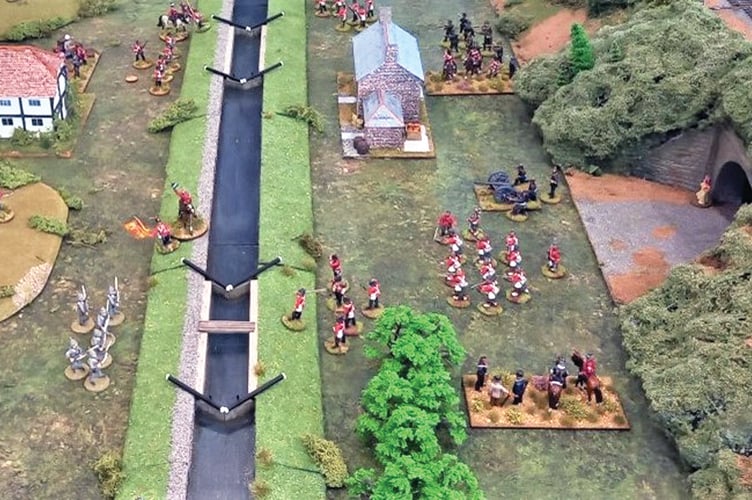
Russ, who lives in Bisley, said that contemporary articles about the exercise in The Illustrated London News and Newbury Recorder provided the inspiration for the club to develop a participation game.
“In researching my local area, I came across an article in a newspaper on a website that covered Bisley genealogy, and I thought it quite interesting,” he added. “I didn’t know that happened and I spoke to the chaps at the wargames club and we thought we could run a game on this.
“We constructed a model of the railway embankment with the three tunnels through it and the parallel Basingstoke Canal with its three locks,” Russ said.
“The only buildings of note to be modelled were Cowshot Manor and the lockkeeper’s cottage, and both were built from scratch. The figures used were 28mm scale and painted in the appropriate uniforms of the infantry, cavalry and engineer units involved.
“The umpires who adjudicated the 1871 exercise and high-ranking observers were also represented in our model.
“The rules of the game were developed to allow players to make choices of how to have their units cross the obstacles, while club members played the umpires that adjudicated the results of their decisions and the defenders’ response.
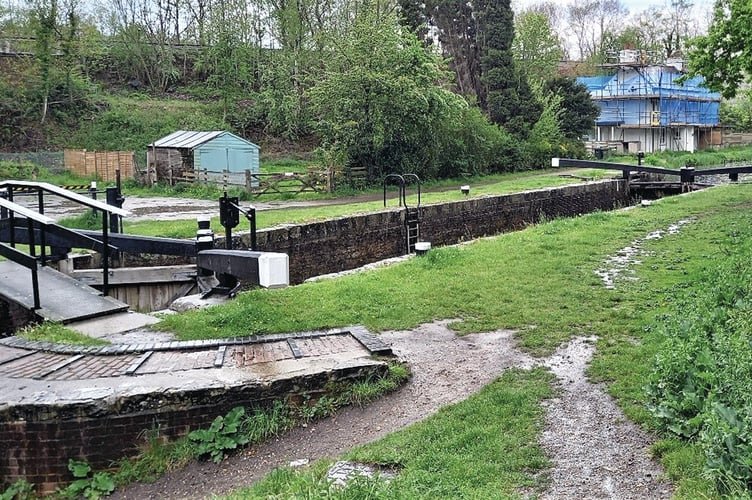
“Over several turns, players choose when to move, shoot or charge to try and get their units across the canal. Once they have sufficient units across, they are scored as to how well they have done during the game,” Russ said.
The club collected money for SSAFA – the Armed Forces Charity while they were at the Ascot show.
Russ, who attended with four other club members, said Andy Rourke, David Edwards and Mike Lewis had helped the game by painting figures and developing the rules but were not able to attend.
“One of the reasons for doing this show was to attract members and let more people know that our club is here,” he added. “We’ve been going since 1980 and are recruiting new members and trying to make ourselves more available.”
* THE club meets on Monday evenings at the St John’s Centre in Trodds Lane, Merrow. For more information about its activities, visit www.guildford-wargames.org.uk or email [email protected].
Mock battles were “intense”
THE 1871 exercise that included the Battle of Bisley was held to help reform the British Army following the Franco-Prussian War.
The government wanted to impress on our European neighbours that Britain was able to effectively manoeuvre large forces of troops in the face of an enemy threat.
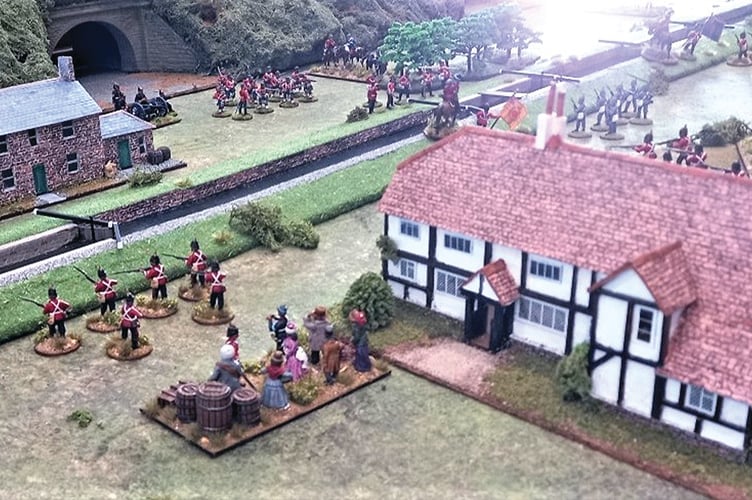
Military attachés from France, Germany and Austria observed the 10-day exercise. It involved 35,000 soldiers in three divisions and covered an area from Hindhead in the south to Camberley in the north and from Aldershot in the west to Chobham in the east.
The 2nd Division attacked northwards from Hindhead, with the 3rd Division attacking eastwards from Farnborough over Chobham Ridges. The 1st Division, who were defending, first held the Hog’s Back and then fell back to the Basingstoke Canal and then on to Bisley Common.
The defenders consolidated a final defensive position on Chobham Common, where several redoubts – fortifications built for use by retreating troops – were constructed for the exercise.
It was deemed that the bridges over the canal had been blown up by the defenders. Engineers of the attacking division had to rush through the tunnels under the railway embankment at Brookwood from the Gole Road side to place planks over the canal at the locks to allow the attacking units to cross.
The attackers were finally “defeated” on Chobham Common, where the exercise concluded.
The mock battles were so intense that an Act of Parliament was passed to ensure that residents and landowners would be compensated by the War Office for any damage to their property.

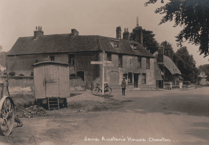

.jpeg?width=209&height=140&crop=209:145,smart&quality=75)
